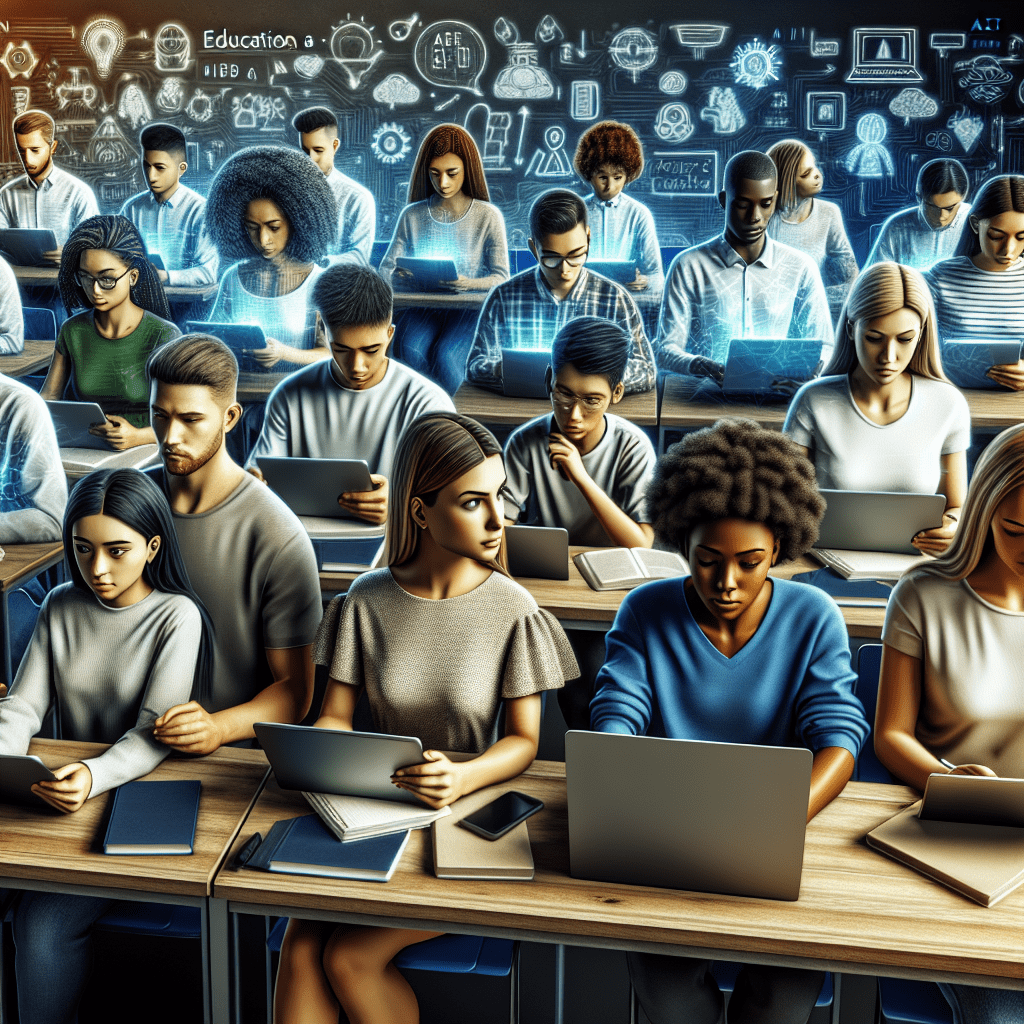In recent years, Artificial Intelligence (AI) has made significant advancements in various industries, including education. AI technology is being integrated into classrooms and educational systems to enhance the learning experience for students and teachers alike. This article will explore how AI is transforming the classroom experience and revolutionizing the way education is delivered.
AI in Education
AI has the potential to personalize the learning experience for students by analyzing their strengths and weaknesses. By using algorithms and machine learning, AI can create customized learning paths for each student, catering to their individual needs and learning styles. This personalized approach can help students learn at their own pace and improve their academic performance.
AI can also assist teachers in creating engaging and interactive lessons. For example, AI-powered tools can generate quizzes, provide real-time feedback on student performance, and offer recommendations for educational resources. This allows teachers to focus more on providing personalized guidance to students and less on administrative tasks.
Benefits of AI in Education
There are numerous benefits to incorporating AI into the classroom. One of the main advantages is the ability to provide individualized learning experiences for students. AI can identify gaps in a student’s understanding and provide targeted support to help them succeed academically. This personalized approach can lead to improved student outcomes and increased engagement in the learning process.
AI can also help teachers save time and streamline administrative tasks. By automating routine tasks such as grading assignments and providing feedback to students, teachers can focus more on delivering high-quality instruction and building strong relationships with their students. This can lead to a more efficient and effective learning environment for both teachers and students.
Challenges of AI in Education
While the potential benefits of AI in education are vast, there are also challenges that must be addressed. One concern is the potential for AI to perpetuate biases and inequalities in the education system. AI algorithms may inadvertently reinforce existing disparities in access to educational resources and opportunities, leading to unequal outcomes for students from different backgrounds.
Another challenge is the need for educators to adapt to new technologies and learn how to effectively integrate AI into their teaching practices. Training and professional development opportunities are essential to ensure that teachers have the skills and knowledge needed to leverage AI tools in the classroom effectively.
Conclusion
AI has the potential to revolutionize the way education is delivered and transform the classroom experience for both students and teachers. By providing personalized learning experiences, streamlining administrative tasks, and improving student outcomes, AI can help create a more efficient and effective learning environment. While there are challenges that need to be addressed, the benefits of AI in education far outweigh the risks. As technology continues to advance, AI will play an increasingly important role in shaping the future of education.
FAQs
1. How is AI being used in education?
AI is being used in education to personalize learning experiences, assist teachers in creating engaging lessons, and streamline administrative tasks.
2. What are the benefits of incorporating AI into the classroom?
The benefits of AI in education include personalized learning experiences for students, increased efficiency for teachers, and improved student outcomes.
3. What are the challenges of using AI in education?
Challenges of using AI in education include the potential for perpetuating biases and inequalities, and the need for educators to adapt to new technologies.
Quotes
“AI is not just another technology. It is a revolution that will transform the way we learn and teach.” – John Smith, Educator
#Education #Transforming #Classroom #Experience


